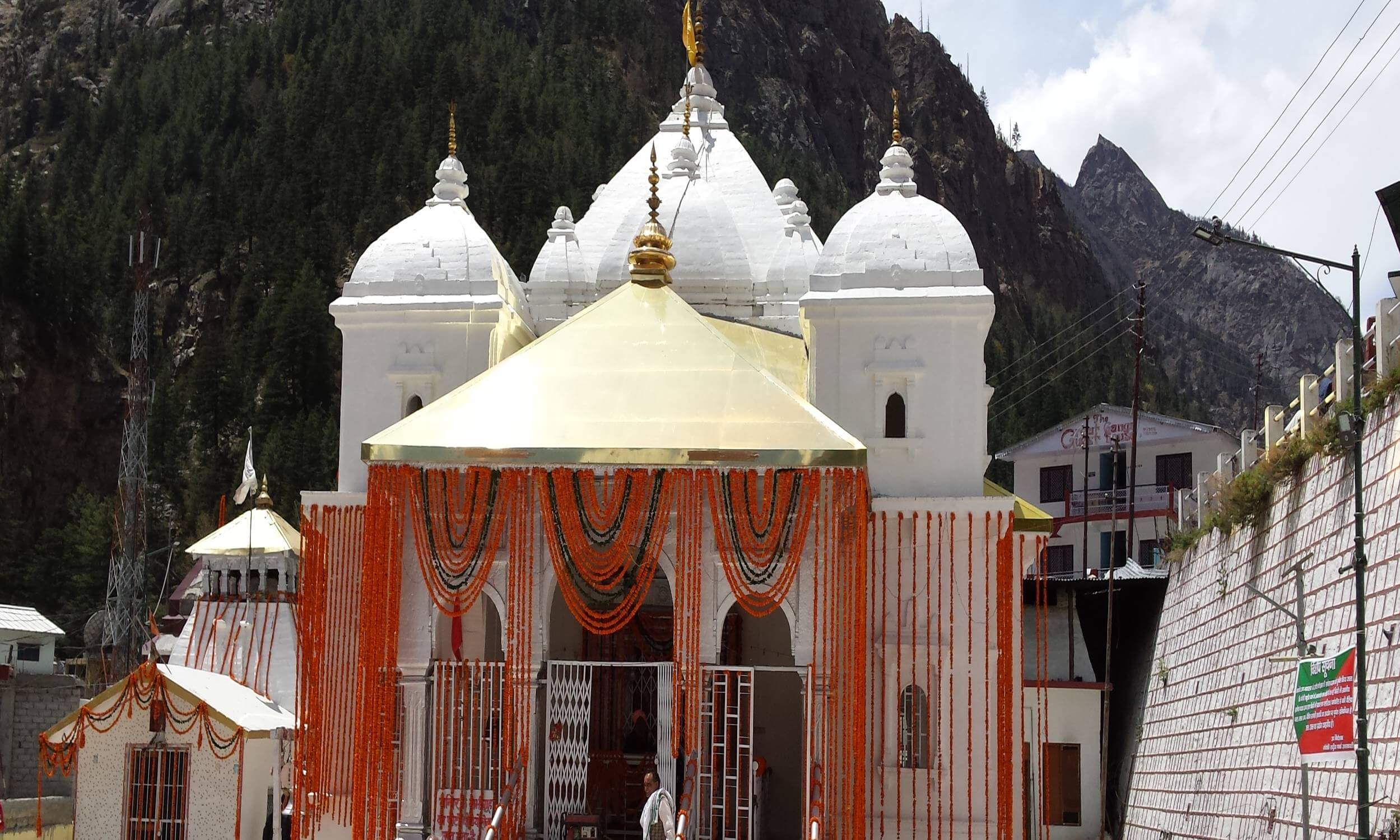Badrinath as a Dham: Significance and Spiritual Splendor
Badrinath, located in the picturesque Chamoli district of Uttarakhand, is one of Hinduism’s holiest destinations and a part of the revered Char Dham Yatra, which also includes Kedarnath, Gangotri, and Yamunotri. Known as the abode of Lord Vishnu, badrinath holds deep significance for Hindus and draws thousands of pilgrims and travelers every year. Nestled between the Nar and Narayan mountain ranges, the temple offers both spiritual fulfillment and a breathtaking view of the Himalayas. For anyone undertaking the Char Dham Yatra, consulting a reliable travel agent in Haridwar for Char Dham Yatra can greatly ease the planning and help you focus on the spiritual essence of this journey.
1. The Mythological Significance of Badrinath
Badrinath has a rich connection to Hindu mythology and is mentioned in several ancient texts. According to legend, Lord Vishnu meditated at Badrinath, enduring extreme weather conditions in the mountains. To protect him, Goddess Lakshmi transformed into a Badri tree to shelter him, giving the place the name “Badrinath,” which means “Lord of Badri.”
The temple is considered one of the 108 Divya Desams (sacred abodes of Vishnu) mentioned in the sacred Tamil texts of the Alvars. It is also part of the Chota Char Dham in Uttarakhand and the grand Char Dham, which includes Rameshwaram, Dwarka, and Puri, symbolizing the four corners of India. Many Hindus believe that a pilgrimage to Badrinath cleanses the soul, purifies past sins, and brings one closer to moksha, or liberation.

2. The Architecture of Badrinath Temple
Badrinath Temple stands at an altitude of 3,300 meters and is renowned for its unique architecture and vibrant colors, which set it apart from other temples. The temple is made of stones and has a small cupola, topped with a gilded roof. The black stone idol of Lord Vishnu, in a meditative posture, is about 1 meter tall and is placed under a canopy adorned with intricate carvings and decorations.
Despite its location in a challenging mountainous environment, the temple has stood resilient for centuries. It is believed that Adi Shankaracharya, the great Hindu philosopher, established the present structure in the 8th century and revived the temple’s significance as a center for spiritual growth.
3. Significance of Tapt Kund and Other Sacred Sites
Near Badrinath Temple is Tapt Kund, a natural hot spring where pilgrims take a ritual bath before entering the temple. The water in Tapt Kund remains warm throughout the year, even in the extreme cold of the Himalayas, and is believed to have healing properties. It symbolizes purification and prepares pilgrims for worship.
Just a short walk from the temple lies Brahma Kapal, a revered site where rituals for deceased ancestors are performed. Devotees believe that performing rites here provides salvation to their ancestors.
Mana Village, the last village on the Indian side of the Tibetan border, is close to Badrinath and holds mythological significance as well. It is believed to be the site where the great sage Ved Vyasa composed the Mahabharata with the assistance of Lord Ganesha. Exploring Mana Village provides a unique blend of spirituality, history, and cultural richness.
4. The Badrinath Yatra: A Spiritual Journey
Badrinath Temple is only open for six months, from April to November, as the region is covered in snow during winter. When the temple closes, the idol of Lord Badrinarayan is moved to Joshimath for worship during the winter months.
For many devotees, the journey to Badrinath is not just a religious obligation but also a spiritual awakening. The scenic beauty, serene environment, and divine energy make the journey transformative. However, due to the challenging mountainous terrain and unpredictable weather, organizing the trip can be complex. Many pilgrims opt for a travel agent in Haridwar for Char Dham Yatra to ensure that logistics such as transportation, accommodation, and permits are managed smoothly, allowing them to focus on the spiritual experience.
5. Badrinath’s Connection to Char Dham Yatra
The Char Dham Yatra is one of the most revered pilgrimages for Hindus. Badrinath is the northernmost temple in this circuit, symbolizing wisdom and divinity. This pilgrimage represents a journey through the four directions of India, with each dham associated with a deity. Together, they embody the unity of Hindu philosophy and culture.
While Haridwar serves as the starting point for the Char Dham Yatra, including Kedarnath, Gangotri, Yamunotri, and finally Badrinath, to create a balanced and fulfilling spiritual journey. With proper guidance, you can also visit other significant places near Badrinath, like Vasudhara Falls and the Valley of Flowers.
6. Best Time to Visit Badrinath
The best time to visit Badrinath is between May and June or September and October. The weather is generally mild during these months, and the roads are more accessible. The monsoon season, from July to August, brings heavy rainfall and landslides, making travel difficult and dangerous. Winter months (November to April) bring snowfall, which cuts off access to the temple, and it remains closed.
For a seamless experience, many pilgrims book their trip through a travel agent in Haridwar for Char Dham Yatra. These agents offer updated information on weather, road conditions, temple timings, and festival dates, ensuring a safe and spiritually enriching experience.
7. Planning Your Badrinath Yatra with a Travel Agent in Haridwar for Char Dham Yatra
A pilgrimage to Badrinath can be both spiritually and physically demanding. Hiring a travel agent in Haridwar for Char Dham Yatra can help you plan effectively and manage the logistical challenges. Here’s what a travel agent can assist with:
- Customized Itineraries: A travel agent can customize the yatra based on your preferences, including the route, duration, and additional sightseeing.
- Accommodation and Transportation: Accommodation options in Badrinath are limited and fill up quickly. A travel agent can secure bookings and arrange transportation from Haridwar, whether by bus, car, or shared taxi.
- Guidance and Local Expertise: Travel agents are well-versed in local customs, temple timings, and route conditions. They can also arrange for experienced guides, making the journey smoother and more enjoyable.
- Helicopter Services: For those seeking a quicker and more comfortable journey, agents can arrange helicopter services from Haridwar or nearby locations.
8. Essential Tips for Visiting Badrinath
- Pack Accordingly: Badrinath’s weather is unpredictable, so carry layers, a warm jacket, rain gear, and sturdy trekking shoes.
- Acclimate to the Altitude: Spending a day or two in Haridwar or Rishikesh can help your body acclimate before heading to higher altitudes.
- Respect Local Customs: Badrinath is a holy site, so dressing modestly and respecting the local customs is essential.
- Stay Hydrated and Eat Light: The high altitude can lead to dehydration and fatigue, so keep yourself hydrated and eat simple, nutritious meals.
Badrinath stands as a beacon of spirituality, resilience, and faith in the heart of the Himalayas. A journey to this sacred dham is one of devotion, transformation, and inner peace. Whether you’re a devout Hindu seeking blessings or a traveler in search of spiritual serenity, Badrinath offers a profound experience. For a smooth and fulfilling pilgrimage, partnering with a travel agent in Haridwar for Char Dham Yatra can make all the difference, allowing you to focus on the sacredness of this once-in-a-lifetime journey.













Post Comment